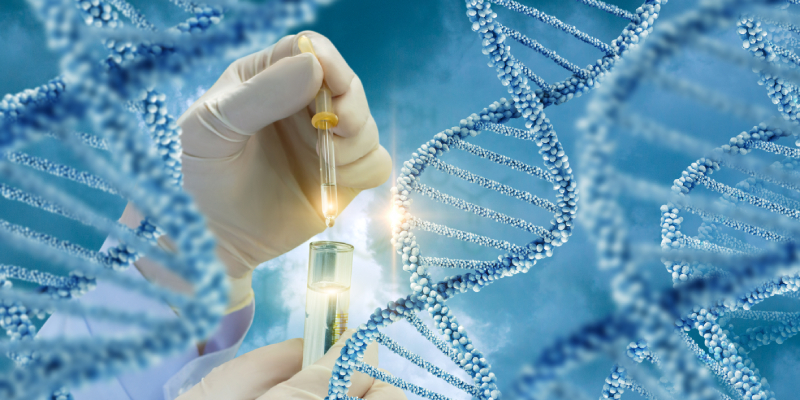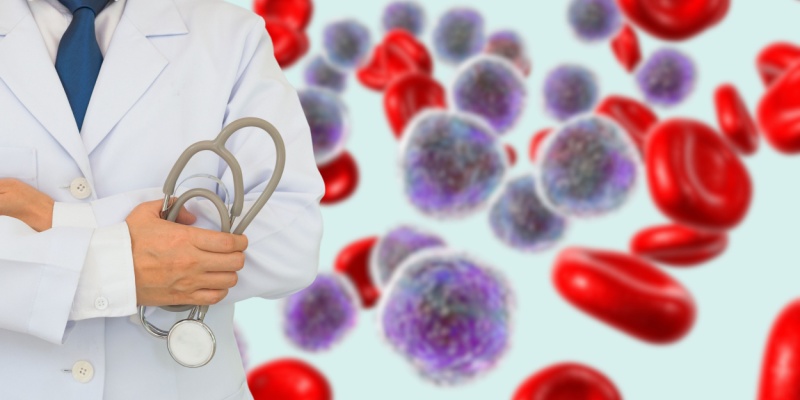
A recent study suggested that iron overload (IOL) induces ineffective erythropoiesis and dysplastic hematologic features through oxidative damage in Nrf2-deficient cells.
“Iron is pro-oxidant and may participate in the pathophysiology of [myelodysplastic syndromes (MDS)] by increasing genomic instability and altering the microenvironment,” researchers said, noting that MDS is characterized by ineffective erythropoiesis and IOL.
The study, led by Tiago Duarte, PhD, and published in Leukemia, crossed Nrf2−/− with hemochromatosis (Hfe−/−) or hepcidin-null (Hamp1−/−) mice. Double-knockout mice developed features of ineffective erythropoiesis and myelodysplasia such as macrocytic anemia, splenomegaly, and accumulation of immature dysplastic bone marrow (BM) cells.
BM cells from the Nrf2/Hamp1−/− mice showed increased in vitro clonogenic potential. Upon serial transplantation, recipients disclosed cytopenias despite normal engraftment, suggesting defective differentiation. Unstimulated karyotype analysis showed an increase in chromosomal instability and aneuploidy in Nrf2/Hamp1−/− BM cells.
Meanwhile, in patients with HFE-related hemochromatosis, the NRF2 promoter SNP rs35652124 genotype TT was associated with increased mean corpuscular volume consistent with erythroid dysplasia.
Reference
Duarte TL, Lopes M, Oliveira M, et al. Iron overload induces dysplastic erythropoiesis and features of myelodysplasia in Nrf2-deficient mice. Leukemia. 2023. doi:10.1038/s41375-023-02067-9






 © 2025 Mashup Media, LLC, a Formedics Property. All Rights Reserved.
© 2025 Mashup Media, LLC, a Formedics Property. All Rights Reserved.